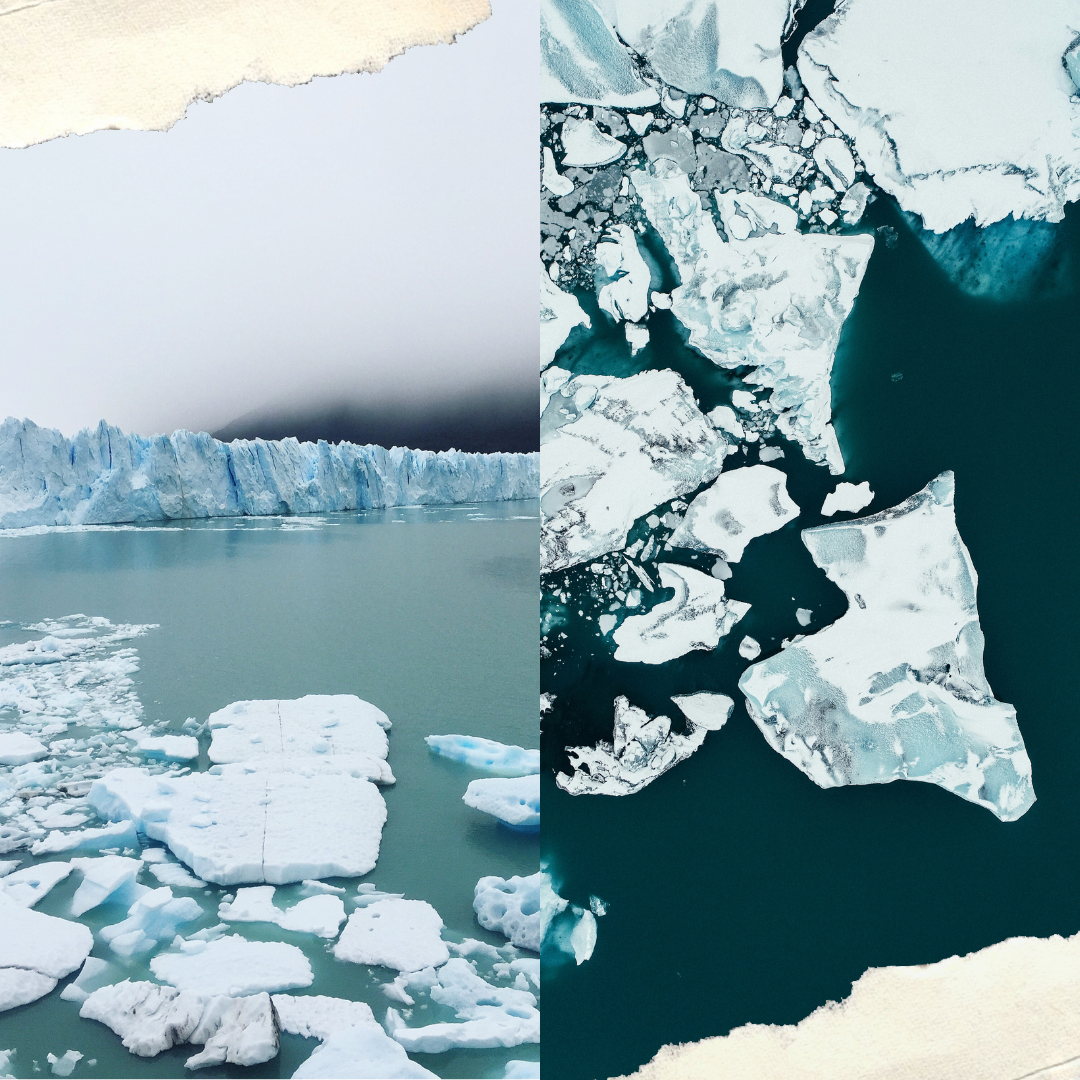The “Doomsday Glacier” and its Global Impact

Located in the remote reaches of Antarctica (see the map below) is the Thwaites Glacier, now better known as the Doomsday Glacier. It’s called this because its collapse could ultimately lead to serious consequences on the Western Antarctic Ice Sheet and on the rise of global sea level. This article unravels the mysteries surrounding this colossal ice mass, its significance, potential consequences, and global efforts to avert a catastrophe.

Stretching across an area of around 192,000 km2, the Thwaites Glacier is roughly the size of the UK, or in other words, about 6 times bigger than The Netherlands. The Glacier is a behemoth of ice that holds the key to understanding the dynamics of Antarctica’s ice sheets.
Why “Doomsday Glacier”?
The name is not just for dramatic purposes, but it reflects the glacier’s pivotal role in the stability of the Antarctic ice sheet entirely. Thwaites acts as a ‘linchpin’, restraining the flow of neighboring melting glaciers into the ocean. If it were to collapse, it could unleash a domino effect, accelerating ice melt across the continent and leading to about 3 m of sea level rise in the process.
Scientists are closely monitoring Thwaites due to its potential impact on global sea levels. Predicting the exact timeline for its collapse is challenging, but recent studies suggest that the glacier’s ice shelf is already showing signs of instability. Some estimates propose scenarios where significant melting could occur within decades, not centuries, as previously believed.

Consequences of a Glacier Collapse
Given that the Thwaites Glacier is located in Antarctica and may not even collapse within our lifetime, you might be wondering, is the Doomsday Glacier a real threat? The answer is yes, yes it is! The potential consequences of the glacier’s disintegration extend way beyond Antarctica. While the timing of when it’s likely to collapse is uncertain, a collapse could result in a significant global sea level rise, as mentioned before, flooding all coastal cities around the world.
This risk is not confined to areas near the Antarctic continent; low-lying regions in Europe, for example, the Netherlands, could face increased severe flooding. Extending beyond Dutch coastal cities and affecting the country’s rivers and deltas as well. Additionally, changes in ocean currents and climate patterns could have far-reaching consequences for weather systems and ecosystems around the world (Collapse and Impacts data from the College of Earth and Mineral Science, Penn State University).
International Collaboration for Prevention
Recognizing the urgency of the situation, scientific communities, governments and international organizations are all collaborating to better understand and address the threat posed by Thwaites. Cutting-edge research initiatives, such as the International Thwaites Glacier Collaboration (ITGC), bring together scientists from around the world to study the glacier’s dynamics.
The ITGC’s multidisciplinary approach involves field expeditions, satellite monitoring, and computer modeling to comprehensively assess Thwaites Glacier’s behavior. Additionally, governments are beginning to incorporate findings from these studies into their climate policies and strategies. The Antarctic Treaty System, an international agreement, also plays a crucial role in regulating human activities in Antarctica to protect the continent’s delicate environment.
A Race Against Time
As scientists strive to unlock the mysteries of Thwaites Glacier, the global community faces a race against time. Understanding the intricacies of Antarctic ice dynamics is essential for developing effective strategies to mitigate the potential impacts of its collapse around the world. The urgency of this endeavor underscores the interconnected nature of climate change and the need for coordinated, international efforts to safeguard our planet’s future.
The Doomsday Glacier, though remote, holds the power to reshape our world. As research and international collaborations intensify, the scientific community is working tirelessly to unravel the complexities of Thwaites Glacier. This massive glacier’s fate is a strong reminder of the delicate balance that sustains our planet and the collective responsibility to preserve it for future generations.
If you are interested in the scientific data of both the Antarctic Ice Sheets and their potential impacts, you can read further into these resources:
- Overlooked accelerants of ice loss from Antarctica’s Thwaites Glacier (Standford, 2023)
- Doomsday Glacier melting means terrible news for global sea level rise (Robert Lea, 2023)
If you are interested in other consequences of climate change, read for example these articles:
